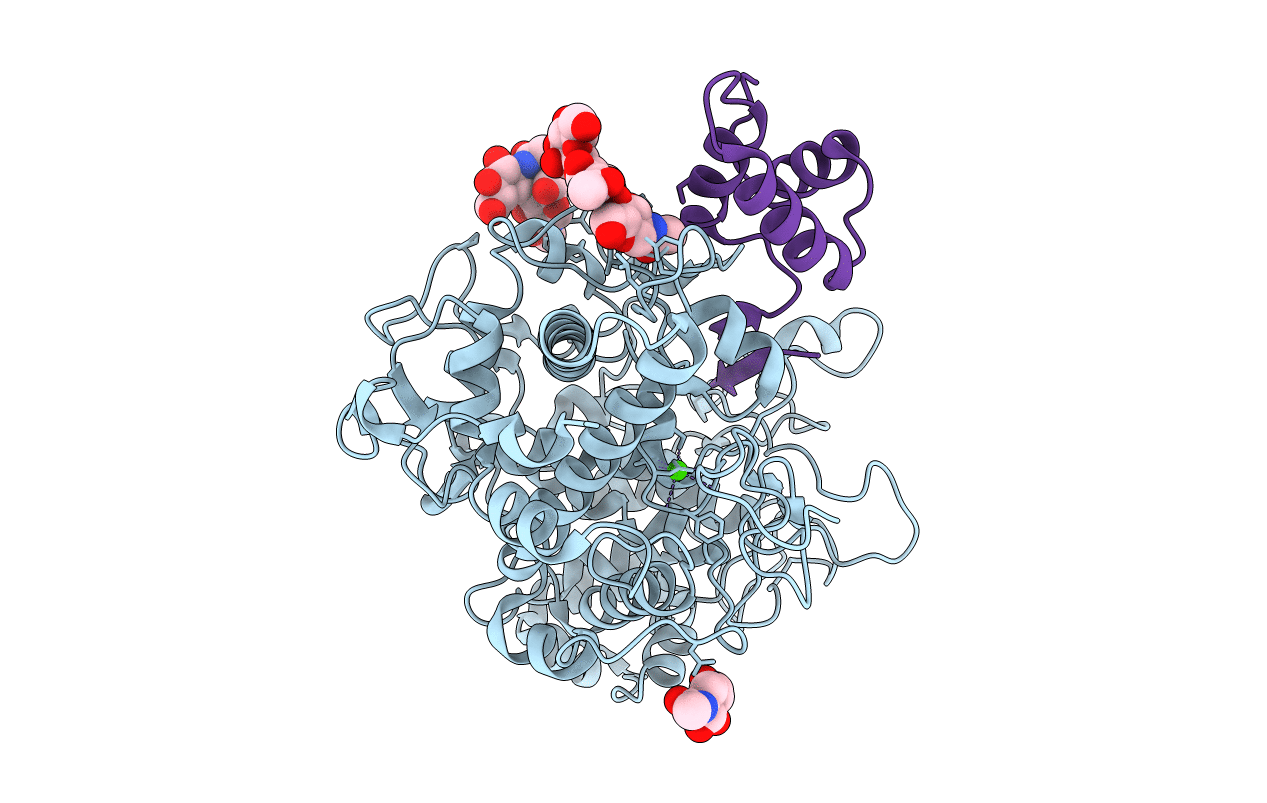
Deposition Date
2017-02-27
Release Date
2017-07-26
Last Version Date
2024-11-06
Entry Detail
PDB ID:
5UZU
Keywords:
Title:
Immune evasion by a Staphylococcal Peroxidase Inhibitor that blocks myeloperoxidase
Biological Source:
Source Organism:
Staphylococcus aureus (Taxon ID: 1280)
Homo sapiens (Taxon ID: 9606)
Homo sapiens (Taxon ID: 9606)
Host Organism:
Method Details:
Experimental Method:
Resolution:
2.40 Å
R-Value Free:
0.24
R-Value Work:
0.18
R-Value Observed:
0.18
Space Group:
C 1 2 1


